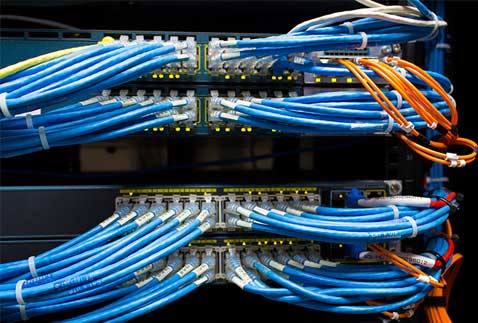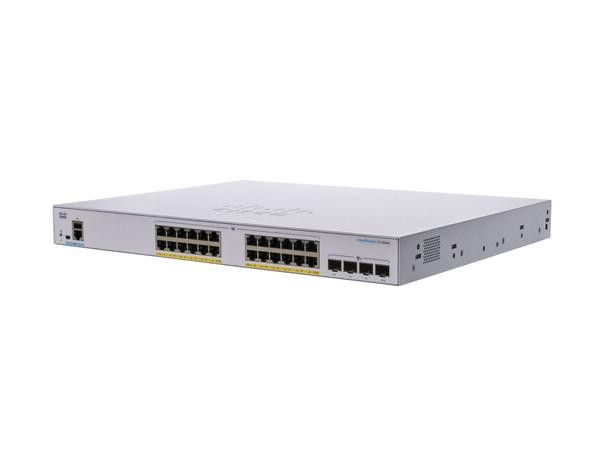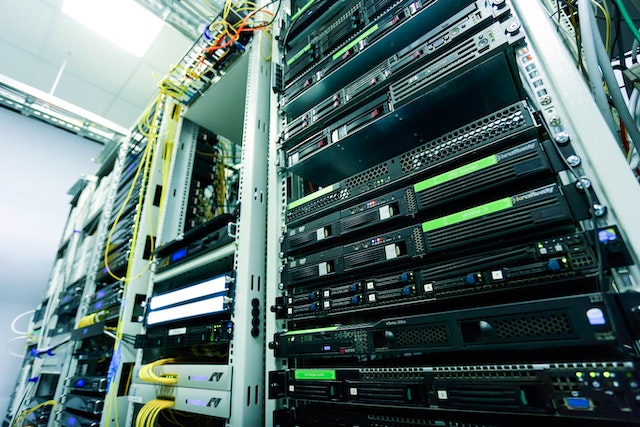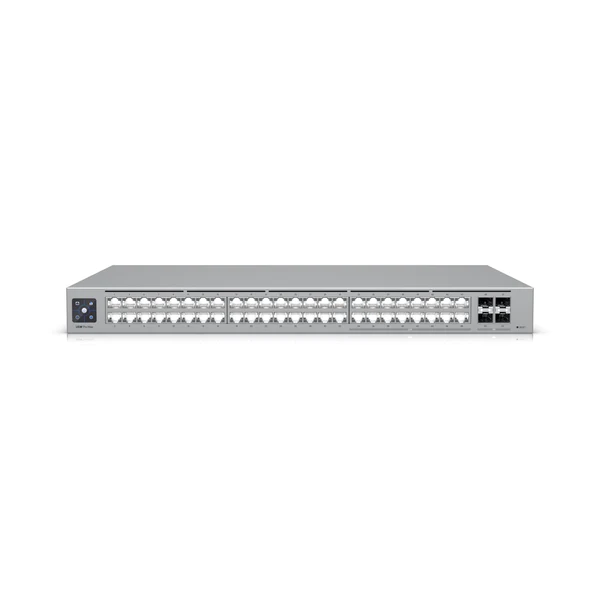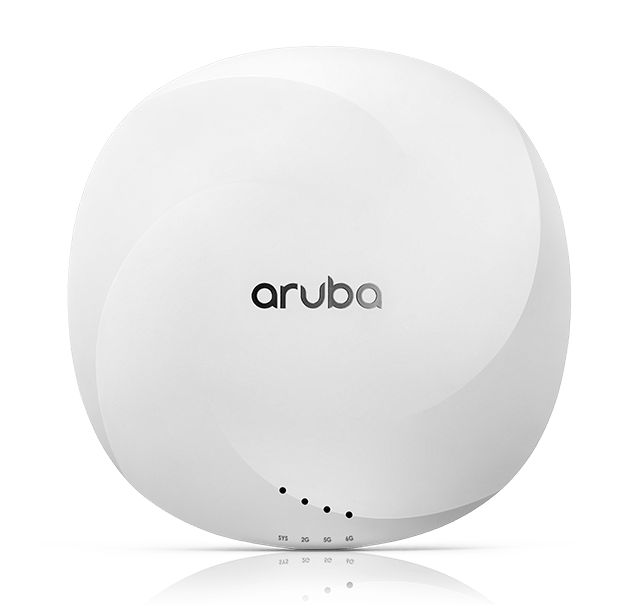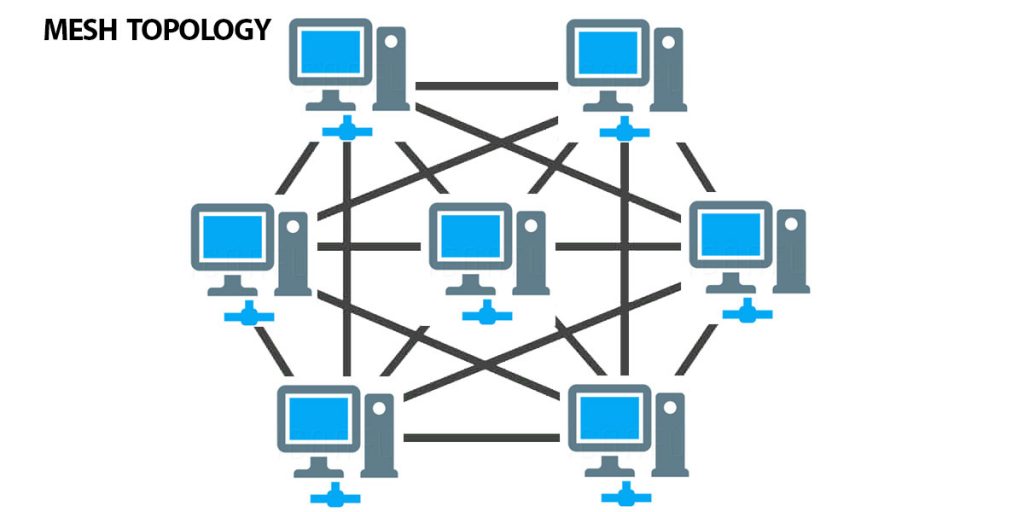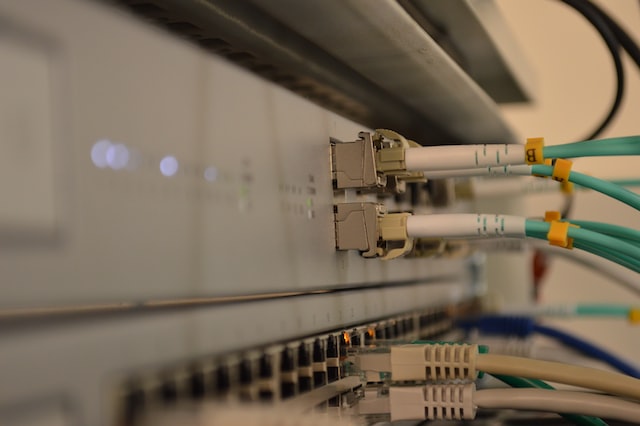In today’s interconnected world, network switches play a crucial role in ensuring smooth communication between devices. Whether you’re setting up a small office network or managing a large enterprise infrastructure, understanding the different types of switches and their features is essential. This comprehensive guide delves into various switch types, including PoE+ switches, long-range dip switches, and more, highlighting their differences and use cases.
- Introduction to Network Switches
- Types of Network Switches
- Managed Switches
- Unmanaged Switches
- Smart Switches
- PoE Switches
- PoE+ Switches
- Long-Range Dip Switches
- Key Features of Network Switches
- Comparison Table of Network Switch Types
- Choosing the Right Switch for Your Network
Introduction to Network Switches
Network switches are devices that connect multiple devices within a local area network (LAN) and use packet switching to forward data to its destination. Switches improve network efficiency and performance by ensuring that data is sent only to the device for which it is intended. They come in various types, each tailored to specific needs and environments.
Types of Network Switches
Managed Switches
Description: Managed switches provide comprehensive control over network traffic and offer a range of advanced features for network management, monitoring, and configuration. These switches are ideal for large, complex networks where fine-tuning of traffic, security, and performance is essential.
Key Features:
- VLAN Support: Allows the creation of virtual LANs to segment network traffic and improve security and efficiency.
- Quality of Service (QoS): Prioritizes critical network traffic to ensure optimal performance for important applications.
- SNMP Monitoring: Enables network administrators to monitor and manage network performance and health via Simple Network Management Protocol.
- Link Aggregation: Combines multiple network connections to increase bandwidth and provide redundancy.
- Redundancy Features: Includes capabilities like spanning tree protocol (STP) to prevent network loops and ensure network reliability.
Use Case: Managed switches are typically used in large enterprises, data centers, and complex network environments where high performance, security, and reliability are required.
Unmanaged Switches
Unmanaged switches are plug-and-play devices that require no configuration. They are easy to use and provide basic network connectivity without any advanced features for traffic management or monitoring.
Key Features:
- Simple Installation: Easy to set up with no configuration required.
- Basic Connectivity: Provides straightforward Ethernet connectivity for multiple devices.
Use Case: Unmanaged switches are ideal for small offices, home networks, and simple setups where advanced management and monitoring are not necessary.
Smart Switches
Smart switches, also known as web-managed switches, offer a middle ground between managed and unmanaged switches. They provide some network management features that are accessible via a web interface, making them suitable for small to medium-sized networks.
Key Features:
- Web-Based Management Interface: Allows administrators to configure and manage the switch through a web browser.
- Basic VLAN Support: Enables segmentation of network traffic for improved performance and security.
- Limited QoS Settings: Provides basic traffic prioritization to ensure important applications get the necessary bandwidth.
Use Case: Smart switches are suitable for small to medium-sized businesses that require some level of network management without the complexity of fully managed switches.
PoE Switches

Power over Ethernet (PoE) switches provide both power and data through a single Ethernet cable. This simplifies the deployment of network devices like IP cameras, wireless access points, and VoIP phones, eliminating the need for separate power cables.
Key Features:
- Provides Up to 15.4 Watts Per Port: Sufficient for powering low-power devices like VoIP phones and basic wireless access points.
- Simplifies Cabling: Reduces the need for additional power cabling and power outlets.
Use Case: PoE switches are ideal for environments where running separate power cables is difficult or costly, such as in ceilings or outdoor installations.
PoE+ Switches

PoE+ (Power over Ethernet Plus) switches are an enhanced version of PoE switches, offering more power per port to support more demanding devices.
Key Features:
- Provides Up to 25.5 Watts Per Port: Supports high-power devices such as PTZ cameras, advanced wireless access points, and video conferencing systems.
- Supports More Devices: Can power a wider range of devices compared to standard PoE switches.
Use Case: PoE+ switches are used in deployments with high-power network devices, such as surveillance systems with PTZ cameras or high-performance wireless networks.
Long-Range Dip Switches

Long-range dip switches are used to extend the reach of Ethernet connections beyond the standard 100 meters. This is achieved by adjusting the transmission settings, often resulting in reduced data rates to maintain signal integrity over longer distances.
Key Features:
- Extends Ethernet Range Up to 250 Meters or More: Useful for large installations where standard Ethernet cabling limitations are a concern.
- Manual Configuration via Dip Switches: Allows for easy adjustment of transmission settings without requiring complex configuration.
Use Case: Long-range dip switches are suitable for large installations where extending the Ethernet reach is necessary, such as in warehouses, large office buildings, or campus networks.
3. Key Features of Network Switches
Network switches come with a variety of features that cater to different network requirements. Here are some of the key features to consider:
- VLAN Support: Virtual LANs (VLANs) allow for the segmentation of network traffic, improving performance and security by isolating different types of traffic.
- Quality of Service (QoS): QoS settings prioritize critical network traffic, ensuring that important applications receive the necessary bandwidth and reducing latency for time-sensitive data.
- Link Aggregation: Also known as port trunking or bonding, link aggregation combines multiple network connections to increase bandwidth and provide redundancy, enhancing network performance and reliability.
- SNMP Monitoring: Simple Network Management Protocol (SNMP) allows network administrators to monitor network performance, detect issues, and manage network devices remotely.
- Redundancy Features: Features like spanning tree protocol (STP) and rapid spanning tree protocol (RSTP) prevent network loops and ensure network reliability by automatically rerouting traffic in case of a link failure.
4. Comparison Table of Network Switch Types
| Feature | Managed Switches | Unmanaged Switches | Smart Switches | PoE Switches | PoE+ Switches | Long-Range Dip Switches |
|---|---|---|---|---|---|---|
| Configuration | Advanced | None | Basic via Web Interface | Basic (PoE) | Basic (PoE+) | Manual via Dip Switches |
| VLAN Support | Yes | No | Limited | No | No | No |
| Quality of Service (QoS) | Yes | No | Limited | No | No | No |
| SNMP Monitoring | Yes | No | No | No | No | No |
| Power over Ethernet (PoE) | No | No | No | Up to 15.4W per port | Up to 25.5W per port | No |
| Extended Range | No | No | No | No | No | Yes (up to 250m+) |
| Use Case | Large/complex networks | Small/simple networks | Small to medium networks | Networks needing PoE | Networks needing PoE+ | Large installations |
5. Choosing the Right Switch for Your Network
Choosing the right switch depends on your network requirements, including the size of your network, the type of devices you are connecting, and your budget. Here are some tips to help you decide:
- Small/Home Office: Unmanaged switches are sufficient for basic connectivity needs. They are easy to install and require no configuration.
- Small to Medium Business: Smart switches offer a balance of manageability and simplicity. They provide essential management features without the complexity of fully managed switches.
- Large Enterprise/Data Centers: Managed switches provide the advanced features needed for complex network environments. They offer comprehensive control over network traffic, security, and performance.
- Power Requirements: PoE and PoE+ switches are ideal if you need to power devices like IP cameras and wireless access points directly through the Ethernet cable. PoE+ switches provide more power for high-demand devices.
- Extended Range: If you need to extend your Ethernet network beyond the standard range, consider switches with long-range dip switch capabilities. These switches allow you to extend the reach of Ethernet connections up to 250 meters or more.
Here are some frequently asked questions (FAQs) about network switches based on the comprehensive guide provided:
FAQs About Network Switches
Q1: What is a network switch, and why do I need one? A network switch is a device that connects multiple devices within a local area network (LAN) and uses packet switching to forward data to its destination. You need a network switch to efficiently manage and direct data traffic, ensuring smooth communication between devices on your network.
Q2: What is the difference between managed and unmanaged switches? Managed switches offer comprehensive control over network traffic with advanced features for monitoring and configuration, making them suitable for large, complex networks. Unmanaged switches are plug-and-play devices that provide basic connectivity with no configuration, ideal for small offices and home networks.
Q3: What are smart switches, and how do they differ from managed switches? Smart switches, also known as web-managed switches, provide a middle ground between managed and unmanaged switches. They offer basic management features accessible via a web interface, making them suitable for small to medium-sized networks that require some level of control without the complexity of fully managed switches.
Q4: What is PoE, and why would I need a PoE switch? PoE (Power over Ethernet) allows network switches to deliver both power and data over a single Ethernet cable. PoE switches are useful for powering devices like IP cameras, wireless access points, and VoIP phones, simplifying installation by eliminating the need for separate power cables.
Q5: How does a PoE+ switch differ from a PoE switch? A PoE+ switch is an enhanced version of a PoE switch that provides more power per port (up to 25.5 watts) compared to standard PoE switches (up to 15.4 watts). PoE+ switches support more demanding devices such as PTZ cameras and high-power wireless access points.
Q6: What are long-range dip switches, and when should I use them? Long-range dip switches extend the reach of Ethernet connections beyond the standard 100 meters, often up to 250 meters or more, by adjusting transmission settings. They are useful for large installations where extended Ethernet reach is necessary without using additional repeaters or extenders.
Q7: What is VLAN support, and why is it important? VLAN (Virtual LAN) support allows you to segment network traffic into different virtual networks, improving performance and security by isolating traffic types. This feature is crucial for managing traffic in large or complex networks.
Q8: What is Quality of Service (QoS), and how does it benefit my network? Quality of Service (QoS) prioritizes critical network traffic to ensure that important applications receive the necessary bandwidth and reduce latency for time-sensitive data. QoS is beneficial for applications like video conferencing, VoIP, and online gaming.
Q9: How do I choose the right switch for my network? Choosing the right switch depends on your network size, the type of devices you’re connecting, and your management needs. For small/home offices, unmanaged switches are sufficient. Smart switches are suitable for small to medium businesses, while managed switches are ideal for large enterprises. Consider PoE or PoE+ switches if you need to power devices through Ethernet cables, and long-range dip switches for extended Ethernet reach.
Q10: Can I mix different types of switches in my network? Yes, you can mix different types of switches in your network. For example, you might use a managed switch for critical areas where advanced features are needed and unmanaged switches for less critical areas to save costs. Ensure that the switches are compatible and that you plan your network topology to avoid conflicts.
Understanding the different types of network switches and their features is crucial for building an efficient and reliable network. Whether you need basic connectivity for a small office or advanced management for a large enterprise, there is a switch type that fits your needs. High-quality Network cabling, such as Cat6 or Cat6a, is crucial for maintaining optimal performance and supporting features like PoE and high-speed data transfer in a network switch setup. By carefully considering your requirements and the key features of each switch type, you can make an informed decision that will support your network’s performance and growth.






